
Additive manufacturing or 3D printing, manufacturing a product layer by layer, offers large design freedom and faster product development cycles, as well as low startup cost of production, on-demand production and local production. In principle, any product could be made by additive manufacturing. Even food and living organic cells can be printed. ...
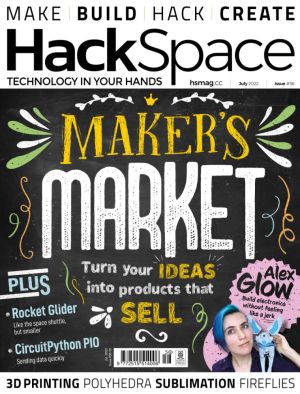
From component choice, to packaging, to marketing, to the million other things that you need to do when you scale up production, we'll help you turn your project into a product - and along the way it'll help you be a better maker.
- Build a rocket-powered wing-wing glider out of balsa wood and 3D printed parts (it's like the space...

As children we were told not to play with our food. As adults, we can do whatever the heck we like. Join us this month to celebrate the joy of messing around with food, whether that's grilling cheese, making coffee, or automating the construction of tacos.
- Find things to make and do with polystyrene
- Drool over a 3D printed chocolate Je...

It's not yet Christmas, but we come bearing glad tidings: the supply of Raspberry Pis available to hobbyists is starting to come back to normal. To celebrate, we're exploring 20 of the best hardware projects you can build with a Raspberry Pi - whether that's large or small, simple or complex, useful or not-so-useful.
- Keep your p...

With enough inspiration, the world is your playground - that's why this issue we're bringing you 16 of the best DIY toys and games to keep boredom at bay.
- Get started with surface mount soldering
- Make Islamic-inspired geometric LED patterns
- Building an aeroplane powered by the super duper supercapacitor
- Drool over the finest...

Part of the AHRC/British Library Academic Book of the Future Project, this book interrogates current and emerging contexts of academic books from the perspectives of thirteen expert voices from the connected communities of publishing, academia, libraries, and bookselling....

This book presents the first detailed study of one of the most important masterpieces of Renaissance cartography, Martin Waldseemüller's Carta marina of 1516. By transcribing, translating into English, and detailing the sources of all of the descriptive texts on the map, as well as the sources of many of the images, the book makes the map ava...

This open access book explores commentaries on an influential text of pre-Copernican astronomy in Europe. It features essays that take a close look at key intellectuals and how they engaged with the main ideas of this qualitative introduction to geocentric cosmology.
Johannes de Sacrobosco compiled his Tractatus de sphaera during the thirteenth ce...

This book presents direct and concise explanations and examples to many LaTeX syntax and structures, allowing students and researchers to quickly understand the basics that are required for writing and preparing book manuscripts, journal articles, reports, presentation slides and academic theses and dissertations for publication.
Unlike much of th...
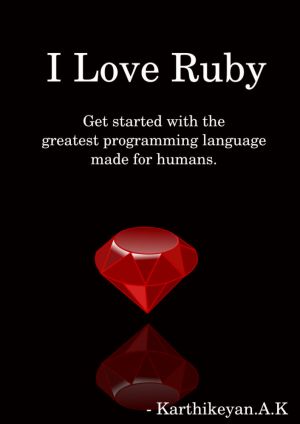
Ruby is an easy to learn programming language, it was invented by a guy named Matz in Japan. Ruby is a free software and can be used by any one for zero cost. Ruby's popularity was initially confined to Japan, later it slowly trickled out to rest of the world. Things changed with the emergence of Ruby on Rails which is a popular web-developmen...

Comics Beyond the Page in Latin America is a cutting-edge study of the expanding worlds of Latin American comics. Despite lack of funding and institutional support, not since the mid-twentieth century have comics in the region been so dynamic, so diverse and so engaged with pressing social and cultural issues. Comics are being used as essential too...

This book takes a single line of code - the extremely concise BASIC program for the Commodore 64 inscribed in the title - and uses it as a lens through which to consider the phenomenon of creative computing and the way computer programs exist in culture. The authors of this collaboratively written book treat code not as merely functional but as a t...

This collection of essays from world-renowned scholar Hans Walter Gabler contains writings from a decade and a half of retirement spent exploring textual criticism, genetic criticism, and literary criticism. In these sixteen stimulating contributions, he develops theories of textual criticism and editing that are inflected by our advance into the d...

A stark departure from traditional philology, What is Authorial Philology? is the first comprehensive treatment of authorial philology as a discipline in its own right. It provides readers with an excellent introduction to the theory and practice of editing 'authorial texts' alongside an exploration of authorial philology in its cultural ...
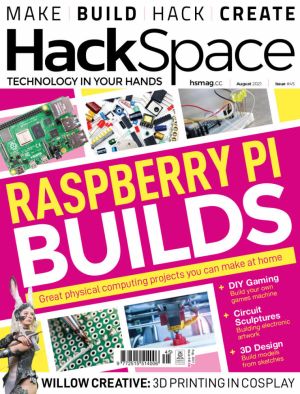
This issue we're paying homage to some of our favourite projects built on the Raspberry Pi. We're living in a golden age for experimentation, accessible making and digital discovery - and a large part of that is thanks to this teeny tiny computer. Just add imagination!
- How one maker achieved perfection (yes, really!) by embracing fai...

If your 3D printer is looking a little dusty and unloved, now's the time to put it to work: we've 50 of the best 3D prints to improve your home, office, workshop and more. From functional to frivolous, we've got ideas for you. It's time to unleash the awesome power of your printer!
- Oskitone: where 3D printing meets analogue...

Machine learning used to be the preserve of university research departments with money to burn on high-power, high-cost kit - but not any more! Thanks to a new breed of affordable dev boards, anyone can get in on the act at pocket money prices. We've trawled the makersphere for the best, most creative machine learning projects to show just wha...

What could be more satisfying than building a whole computer, from scratch? You might think it's impossible these days, but we've found a band of makers who are re-creating the clicky switches and flashing LEDs of a bygone age. Have a go yourself!
- Design, sustainability and ethics with Jude Pullen;
- Add much-needed safety features ...

The GNU Debugger allows you to see what is going on "inside" a program while it executes - or what a program was doing at the moment it crashed. GDB supports C, C++, Java, Fortran and Assembly among other languages; it is also designed to work closely with the GNU Compiler Collection (GCC). The GNU Debugger Program has four special featur...
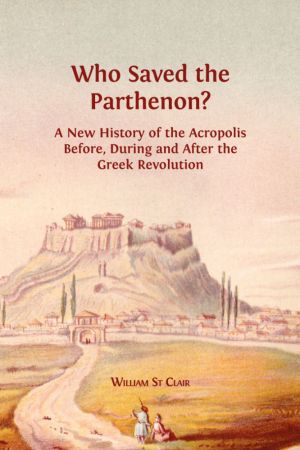
In this magisterial book, William St Clair unfolds the history of the Parthenon throughout the modern era to the present day, with special emphasis on the period before, during, and after the Greek War of Independence of 1821 - 32. Focusing particularly on the question of who saved the Parthenon from destruction during this conflict, with the help ...

We've gathered up the best bits of wearable technology from the first two years of HackSpace magazine for this amazing book. Its 164 pages are packed with step-by-step tutorials and inspirational projects to help you add a unique look to your wardrobe! Ditch the circuit board, step away from the computer: it's time to use your tech skills...
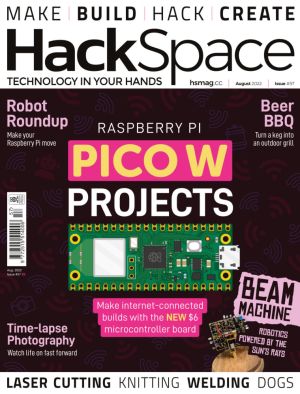
The Raspberry Pi Pico: it's tiny, it's fast, it's versatile, and even more impressively these days it's available. And now it's got even better, with the introduction of the new internet-enabled Raspberry Pi Pico W. We'll run through the capabilities of this little board, and get you started on the road to victory with...

The Internet of Things is playground for makers. From practical projects such as pet feeders and automatic blind, to silly things like a texting pot plant, there are as many ways of connecting ordinary object to the internet as you can imagine. Let's explore!
- Meet the mom behind Geek Mom Projects
- Build a flatpack rocket
- Turn 3D prin...
